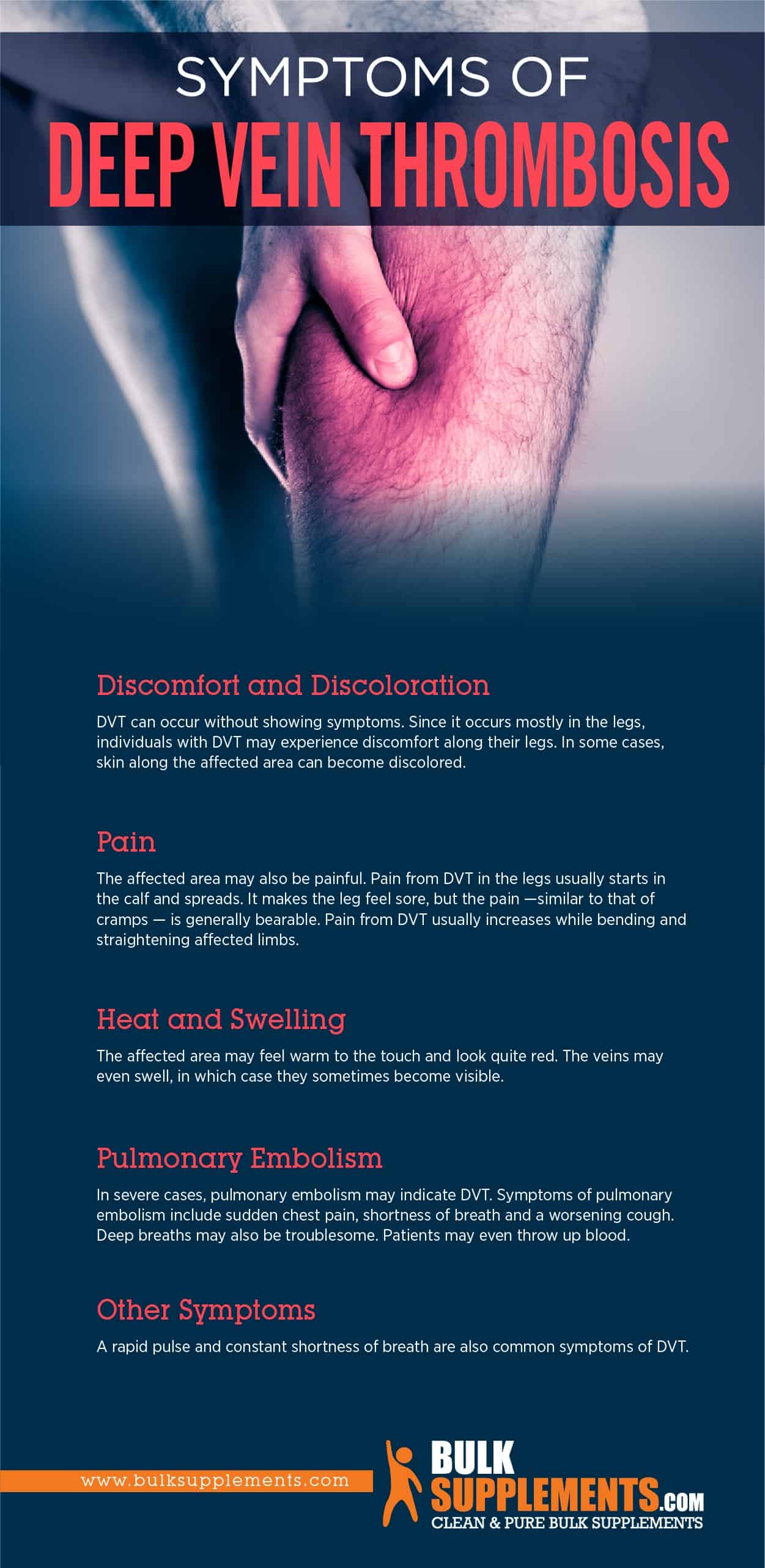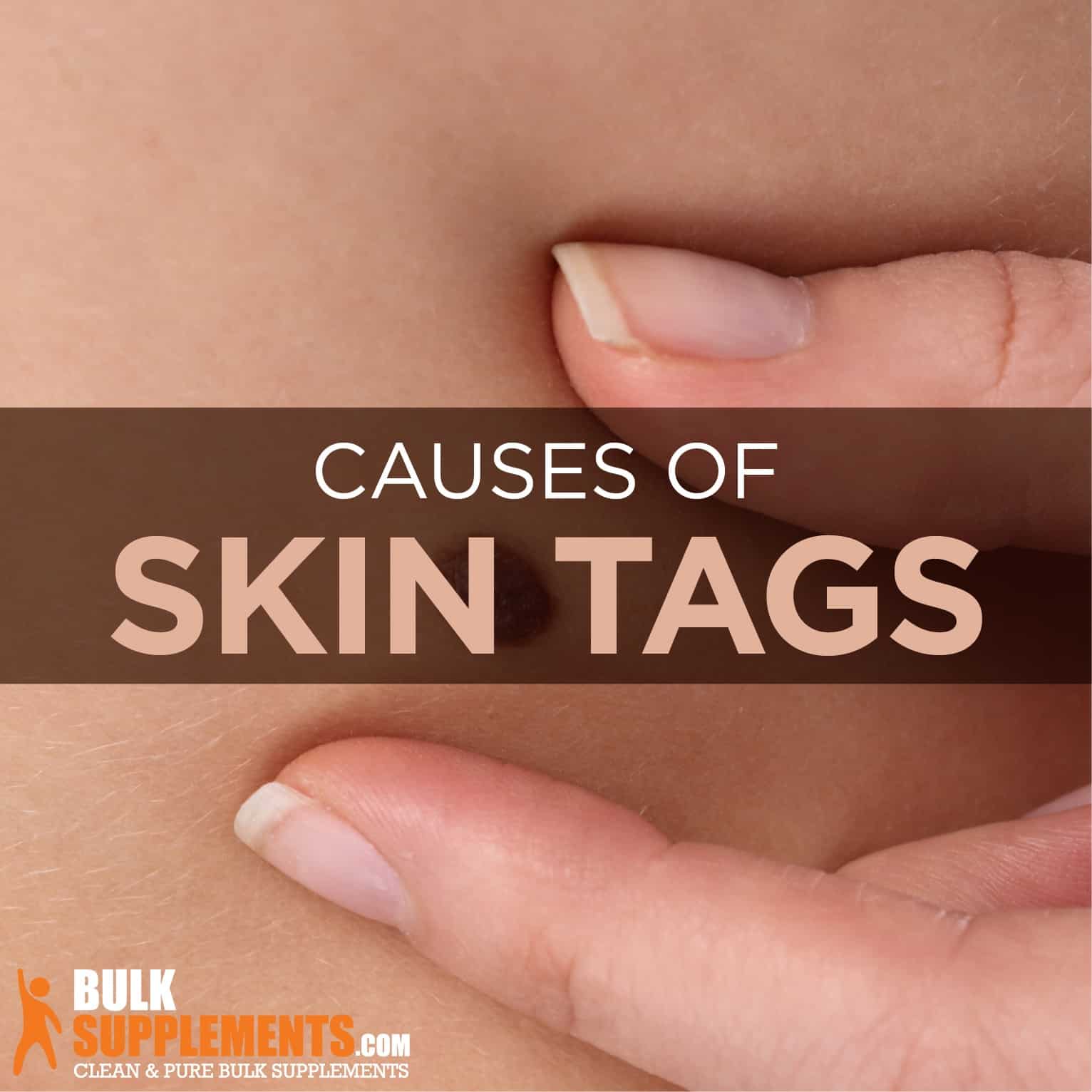Deep Vein Thrombosis: Symptoms, Causes & Treatment

Deep Vein Thrombosis
What Is Deep Vein Thrombosis?
Deep vein thrombosis (DVT) refers to blood clots that develop in veins deep in the body. They usually occur in the arms or legs, causing them to swell and become painful. Patients with pre-existing medical conditions that affect blood clotting are especially susceptible to this condition.
There are two types of veins — superficial veins and deep veins. You can see the former just under your skin while the latter rest deep within the muscles. Blood clots in superficial veins aren’t usually a cause for concern as vein valves keep them from entering deep veins.
DVT can occur after periods of immobilization, such as rest periods after accidents or surgery. In most cases, DVT isn’t serious, and doctors can diagnose it quickly. However, patients with DVT should take the condition seriously since blood clots in deep veins can move through the bloodstream and reach the lungs, blocking blood flow to the lungs. This will result in less oxygen supplied to the body and sometimes pulmonary embolism, a blockage in a pulmonary artery in the lungs, which can be life threatening.
Deep Vein Thrombosis Symptoms
Discomfort and Discoloration
DVT can occur without showing symptoms. Since it occurs mostly in the legs, individuals with DVT may experience discomfort along their legs. In some cases, skin along the affected area can become discolored.
Pain
The affected area may also be painful. Pain from DVT in the legs usually starts in the calf and spreads. It makes the leg feel sore, but the pain —similar to that of cramps — is generally bearable. Pain from DVT usually increases while bending and straightening affected limbs.
Heat and Swelling
The affected area may feel warm to the touch and look quite red. The veins may even swell, in which case they sometimes become visible.
Pulmonary Embolism
In severe cases, pulmonary embolism may indicate DVT. Symptoms of pulmonary embolism include sudden chest pain, shortness of breath and a worsening cough. Deep breaths may also be troublesome. Patients may even throw up blood.
Other Symptoms
A rapid pulse and constant shortness of breath are also common symptoms of DVT.

Book a Checkup
Visits to the doctor are wise if you suspect you may have DVT — since in worst case scenarios the condition can be life threatening. Booking a checkup with your doctor, whether you have DVT symptoms or not (remember — it doesn’t always show symptoms), goes a long way to prevent dangerous DVT complications.
Deep Vein Thrombosis Diagnosis
Blood Tests
Doctors make diagnoses through considering patient history, physical examinations and tests. One such test is the D-dimer assay test. This blood test can help doctors rule out the presence of blood clots.
Ultrasounds
Ultrasounds are another tool doctors use to diagnose DVT. They can help technicians locate clots in the arms and legs and can help doctors determine clot size and age. Ultrasounds can also help doctors track treatment progress.
Deep Vein Thrombosis Causes
DVT has various causes, many of which are conditions that disrupt the natural flow of blood through the body. At any one time, the body makes and then dissolves tiny blood clots throughout itself. However, it has a harder time getting rid of clots in deep veins.
Deep vein thrombosis causes include pregnancy, smoking, certain medications and more. Below are some of the many causes of deep vein thrombosis:
Prolonged Periods of Bed Rest
Prolonged periods of bed rest after accidents and surgeries or during paralysis can cause DVT. Regular movement in the legs and arms helps circulate blood. Without regular movement, blood doesn’t circulate as well, forming clots.
Pregnancy
Pregnancy can also cause DVT due to additional pressure on the legs. Pregnant women with blood clotting disorders are more at risk.
Obesity
Obesity can also contribute to the onset of DVT since it increases pressure on the legs and arms.
Smoking
Smoking disrupts regular blood circulation and clotting, increasing the risk of DVT in smokers.
Age
Age often also contributes to DVT. While DVT can occur at any age, the risk of DVT onset increases greatly after 60.
Genetics
Family history plays a role, too, and is a common consideration in DVT diagnosis. If your parents, grandparents or great grandparents had DVT or pulmonary embolism, your risk of developing it increases.
Oral Contraceptives
Oral contraceptives and hormone replacement therapies are known causes of blood clotting. The hormone estrogen, of which both oral contraceptives and hormone replacement therapies contain, causes the blood to clot easier.
Vein Diseases and Conditions
Vein diseases and conditions that damage blood vessels — such as vasculitis (blood vessel inflammation) and varicose veins — can also cause DVT. Damaged blood vessels tend to narrow, restricting blood and causing clots.
Cancer
Cancer and certain cancer treatments can also cause DVT. Chemotherapy can damage blood vessels, causing them to narrow and restrict blood flow, increasing the risk of blood clots.
Hypercoagulation
Hypercoagulation is a condition that causes the blood to clot faster than normal. This condition combined with any of the aforementioned DVT causes increases the risk of developing DVT and its complications.
Heart Disease
Heart disease can also put you at risk of DVT or pulmonary embolism. Since individuals with heart diseases cannot easily deal with additional blood flow issues, DVT and pulmonary embolism can be life threatening.
Deep Vein Thrombosis Supplements and Treatments
The best treatment for DVT is anticoagulant (blood thinning) medications. Straightforward DVT cases take about three months to treat with them. However, treatment duration varies depending on several factors, such as patient history, other medical issues, risk factors and more.
Below are a few supplements that can help treat DVT. Note that you should use them only as treatment adjuvants, not stand-alone treatments. And talk to your doctor before taking supplements to determine whether they’re right for you. Ask your doctor for their dose guidelines and follow it. If you don’t have access to a doctor, follow dose guidelines on supplement packaging.
SEE ALSO

Acrochorda (Skin Tags): Causes, Characteristics & Treatment
Supplements for Deep Vein Thrombosis
Fish Oil for Deep Vein Thrombosis
Fish oil contains essential fatty acids vital to cardiovascular health. Take two capsules up to three times daily.
Garlic Extract Powder for Deep Vein Thrombosis
Garlic extract powder is beneficial to overall health and well-being. Clinical and animal research supports garlic’s beneficial effects on cardiovascular health. Take two daily servings of 650 milligrams with meals.
Ginger Root Extract Powder for Deep Vein Thrombosis
Ginger is a known anti-inflammatory with cardioprotective effects. It may also have anticoagulant effects. Take 1,000 milligrams of ginger root extract powder once daily with plenty of water.
Cayenne Extract Powder for Deep Vein Thrombosis
Cayenne has anti-inflammatory benefits and can also dilate the blood vessels, promoting blood circulation. Take 500 milligrams of cayenne extract powder up to three times daily with plenty of water and meals.
Turmeric Extract Powder for Deep Vein Thrombosis
Like garlic, turmeric is a known anti-inflammatory and antioxidant beneficial to overall health and well-being. And like ginger, it also has cardioprotective and (possibly) anticoagulant effects. Take no more than 1,000 milligrams of turmeric extract powder once daily.
Treatments for Deep Vein Thrombosis
Anticoagulants for Deep Vein Thrombosis
Anticoagulants are the first line of treatment for DVT. They’re blood thinners that help the body dissolve existing clots and prevent new ones from forming. Doctors generally prescribe anticoagulants as soon as they make a diagnosis. Worth noting is that these medications can cause excessive bleeding if doses are too high. Warfarin or heparin are popular anticoagulants. Doctors prescribe thrombolytics if the risk of pulmonary embolism is high.
Compression Stockings for Deep Vein Thrombosis
Immobile patients in prolonged bed rest can use compression stockings to prevent blood from clotting. Doctors sometimes order the use of external pneumatic compression devices. These devices use air-filled cuffs to squeeze the legs, improving blood flow and dissolving clots.
Movement Exercises for Deep Vein Thrombosis
Doctors advise patients coming out of surgery to move as soon as possible. Performing leg lifts in bed can help prevent DVT by increasing blood circulation. Physical therapists can also recommend movement exercises that can strengthen the body and increase deep-vein blood circulation. Even walking has proven therapeutic effects in patients recovering mobility post-surgery.
Surgery
The surgical removal of blood clots is reserved for when all other treatment options fail or when patients can’t take anticoagulant medication due to pre-existing health concerns.
Minimizing Risk Factors for Deep Vein Thrombosis
The best way to prevent DVT is addressing risk factors. If you’re worried about DVT and smoke, now may be the time to quit. If you’re obese, consider increasing your weekly exercise to help you lose weight faster. Also, if your job requires you to sit all day, consider taking more breaks to walk around.
The Bottom Line
DVT is a vein disorder that affects the deep venous system, usually in the legs or the arms. Symptoms and complications of DVT can range from life threatening (pulmonary embolism) to unnoticeable. If you suspect you have DVT or are at risk of developing it, booking a checkup with your doctor is the best way to get a diagnosis or come up with a preventive plan.
By understanding the risk factors and causes of DVT, making informed decisions around preventing it becomes easier. Now might be the time to fulfill your weight loss goals or quit smoking. Also, consider taking any of the supplements mentioned above to help you prevent or treat DVT. Remember to talk to your doctor first before you take supplements to determine whether they’re right for you.



